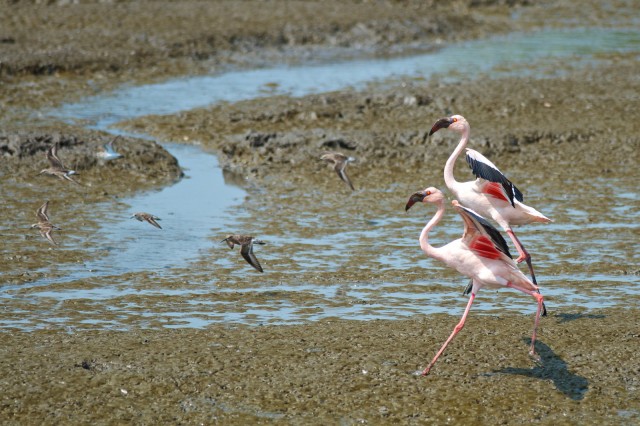Biodiversity can flourish on an urban planet
Ars Technica » Scientific Method 2014-01-29

Mention the word "biodiversity" to a city dweller, and images of remote natural beauty will probably come to mind—not an empty parking lot around the corner. Wildlife, we think, should be found in wild places or confined to sanctuaries and national parks. But research shows that cities can in fact support biodiversity, and this can have major implications for conservation efforts.
On a crowded planet, protecting species in their natural habitat is proving increasingly difficult. Humans continue to expand their networks of cities, towns, and farms worldwide. By 2030, cities are expected to occupy three times as much land as they did in 2010. Remaining natural habitats are now often a fragment caught in this global web of cities connected by transportation networks. With the number of species that are going extinct on the rise, it's necessary to consider the potential of urban environments to serve as refuges for the survivors.
In 2010, the Convention on Biological Diversity commissioned a new global assessment of the state of biodiversity in urban areas. Their findings, published in the book Cities and Biodiversity Outlook, were not entirely bleak. It turns out that cities support biodiversity and provide opportunities for innovative approaches to conservation.
Read 10 remaining paragraphs | Comments




